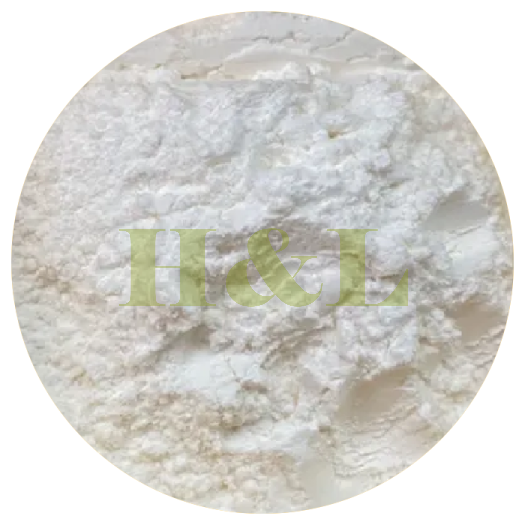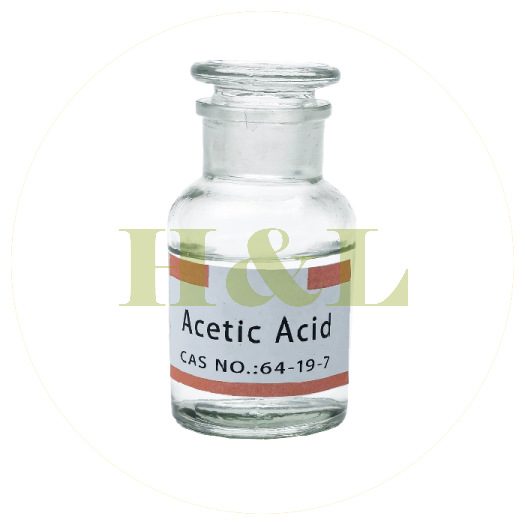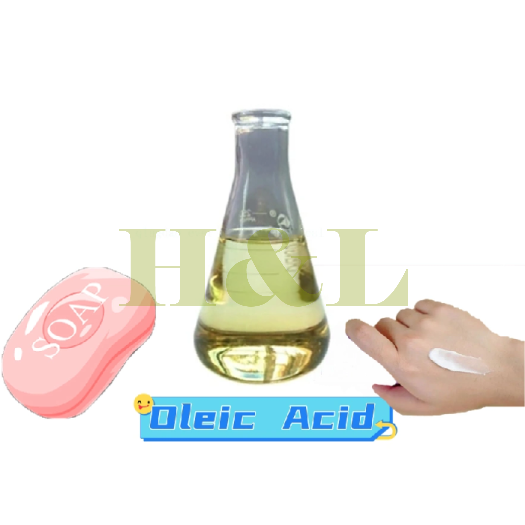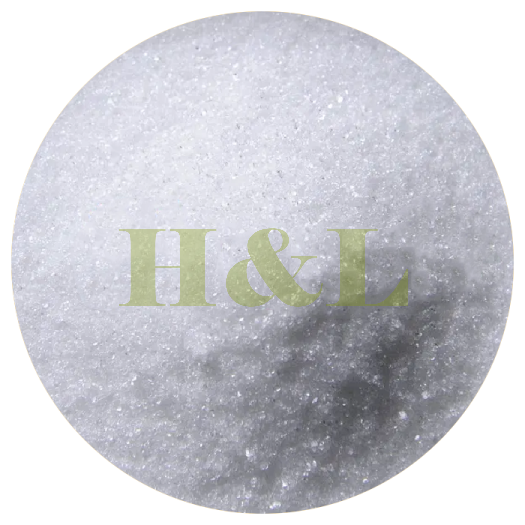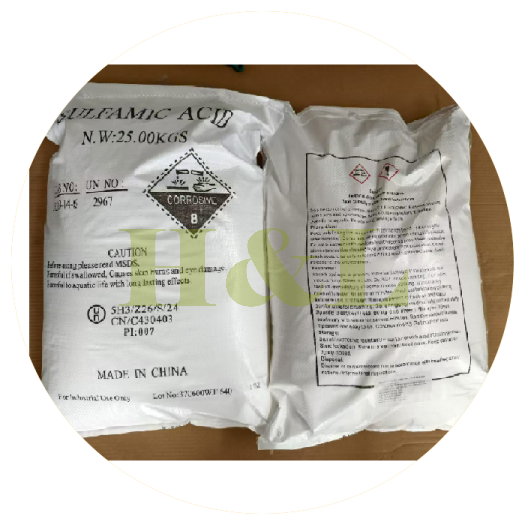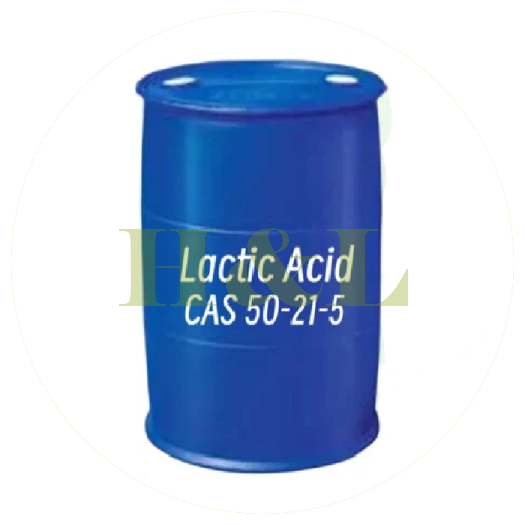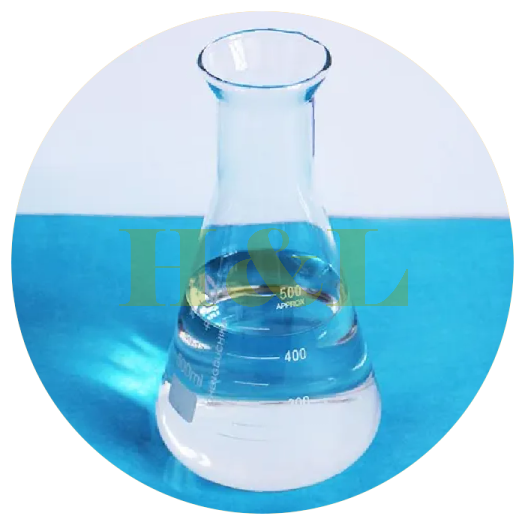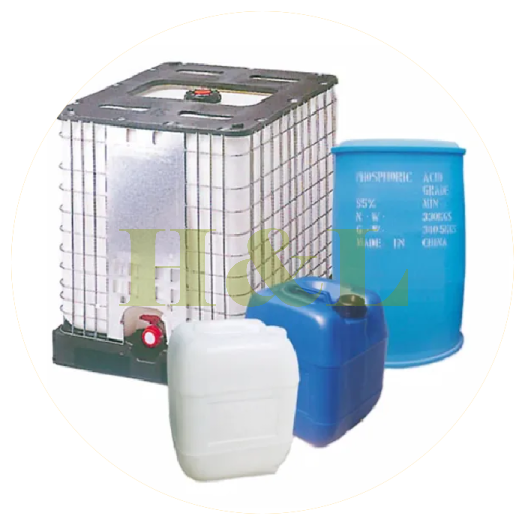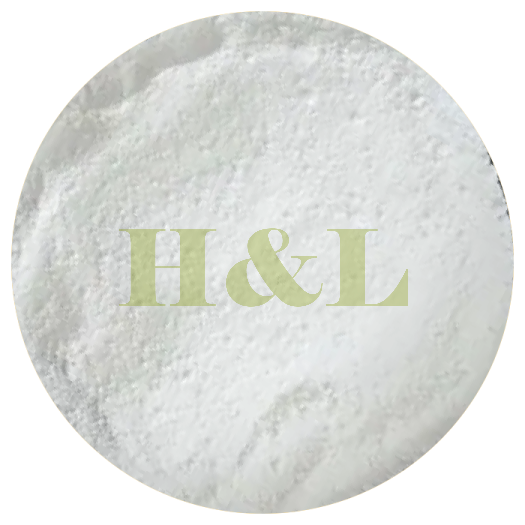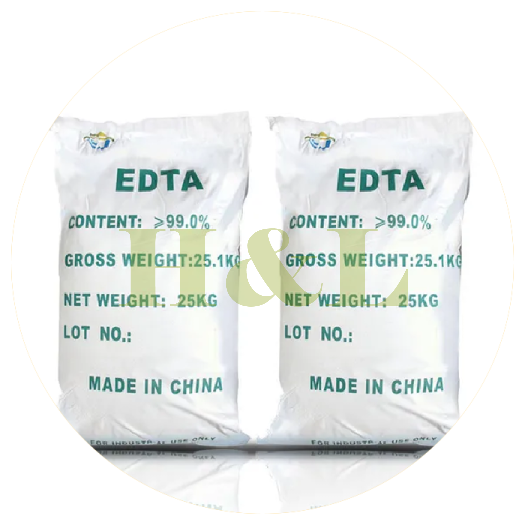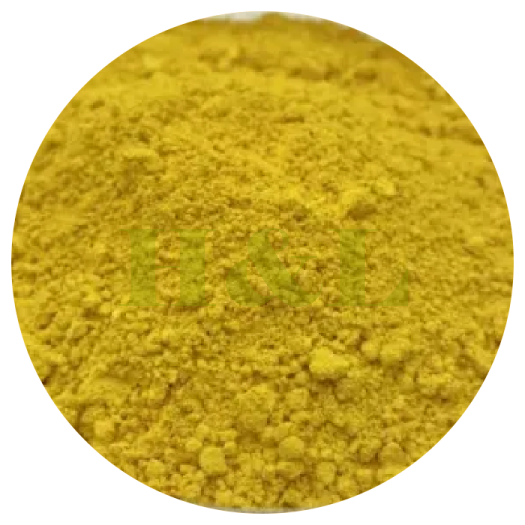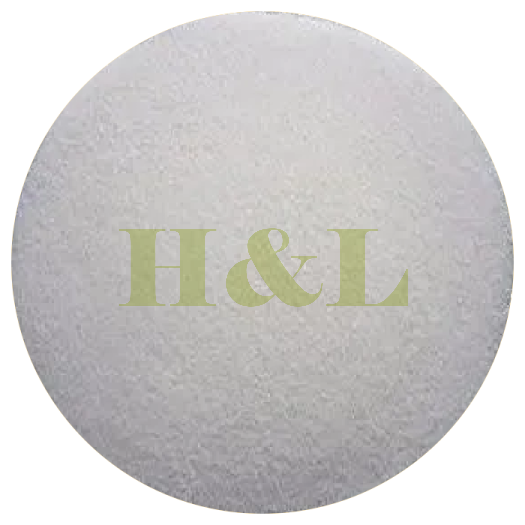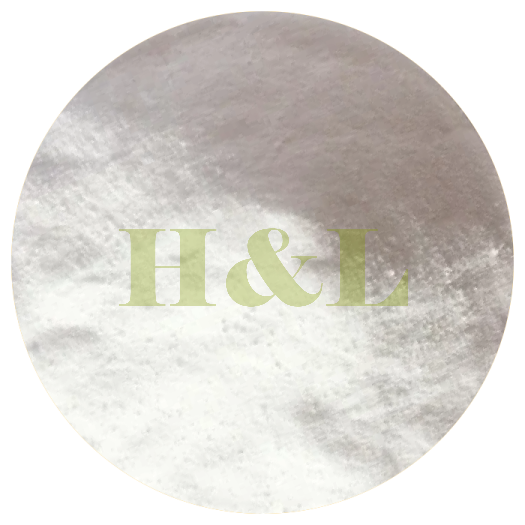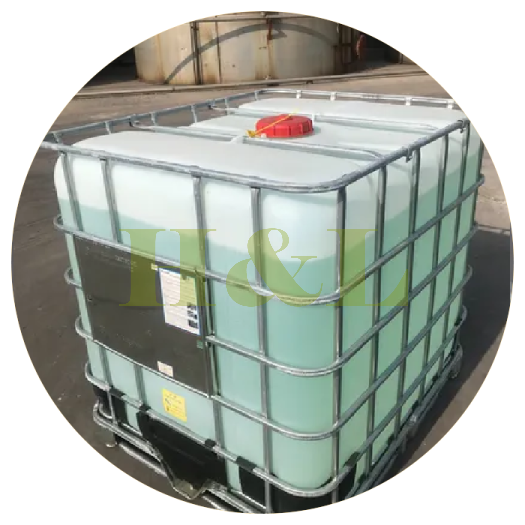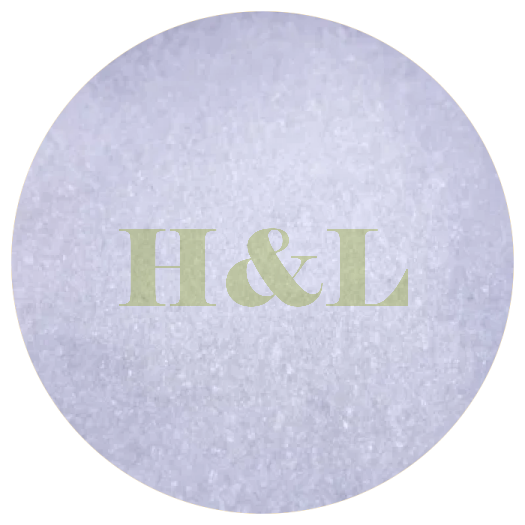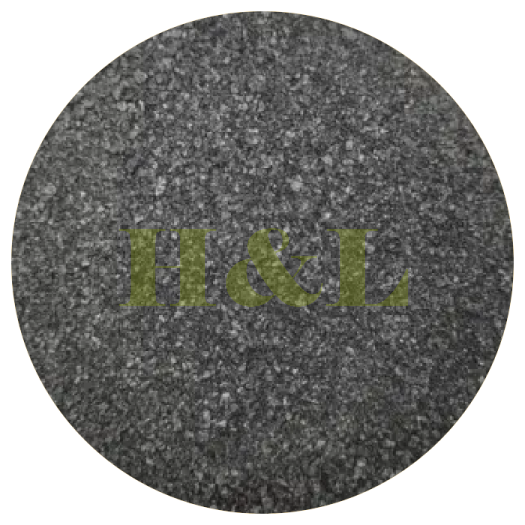Acid
-
Sodium Acid Pyrophosphate (SAPP)
CAS:7758-16-9,Sodium Acid Pyrophosphate (SAPP) is a versatile chemical compound with diverse applications. Primarily employed as a leavening agent in baking, SAPP reacts with baking soda to release carbon dioxide, contributing to the expansion of dough and achieving a light, airy texture in baked goods. Additionally, SAPP finds use in the food industry as a stabilizer and buffering agent, enhancing the texture and shelf life of processed foods. Beyond the culinary realm, it serves as a dispersing agent in the manufacturing of ceramics and acts as a corrosion inhibitor in water treatment processes. The varied applications highlight the adaptability and utility of Sodium Acid Pyrophosphate.
Learn More -
Oxalic Acid
CAS:6153-56-6,Oxalic acid, a dicarboxylic acid, exists in nature and is also synthetically produced. Its chemical formula is C2H2O4. Found in various plants, it serves as a part of the plant's defense mechanism against herbivores. In its synthetic form, oxalic acid is a crystalline, odorless solid, soluble in water. It is widely used as a cleaning agent for rust and mineral deposits, and as a bleach in the textile and wood industries. While it has industrial applications, caution is required due to its toxicity; excessive exposure or ingestion can be harmful, and protective measures are necessary during handling.
Learn More -
Acetic acid
CAS:64-19-7, Solvent: Acetic acid serves as a solvent in the production of various chemicals, including acetate esters and plasticizers. Intermediate in Chemical Synthesis: It is used as an intermediate in the synthesis of numerous chemicals and pharmaceuticals. Learn More -
Oleic acid
CAS:112-80-1,Oleic acid can be employed as an emulsifying agent in certain formulations. It helps to create stable emulsions by facilitating the mixing of oil and water. In the context of oil drilling, emulsions can be useful in specific processes, such as the formulation of drilling muds or fluids. Learn More -
Trichloroisocyanuric Acid (TCCA)
CAS:87-90-1,Trichloroisocyanuric Acid (TCCA) is widely used as a disinfectant, bleaching agent, and sanitizer. In water treatment, it’s applied to sanitize swimming pools and drinking water, effectively killing bacteria, algae, and other microorganisms. TCCA also serves as a bleaching agent in textile and paper industries, ensuring color fastness and brightness. Its strong oxidizing properties make it suitable for controlling microbial contamination in aquaculture. Additionally, it is used in sanitizing industrial and household water systems. TCCA offers a stable, slow-release of chlorine, making it a cost-effective and efficient choice for disinfection and cleaning purposes
Learn More -
Sulfamic Acid
CAS:5329-14-6,Sulfamic acid is a versatile chemical widely used across various industries. It serves as an efficient descaling agent, removing lime scale and rust from equipment, boilers, and heat exchangers. In water treatment, it helps prevent scale buildup in cooling towers and industrial systems. It’s also a key ingredient in cleaning agents for household and industrial use, particularly for metal cleaning and sanitizing surfaces. Additionally, sulfamic acid is employed in paper and pulp production as a stabilizer for chlorine-based bleaching processes, and in dye manufacturing to adjust pH levels. Its non-corrosive nature and high solubility make it ideal for these applications.
Learn More -
Citric Acid Anhydrous
CAS:77-92-9,Citric acid is a natural preservative and flavor enhancer commonly used in the food and beverage industry. It adds a tangy, sour taste to products like soft drinks, candies, and sauces. Citric acid also acts as a pH regulator and preservative, extending shelf life in processed foods. In addition to culinary uses, it is widely used in cleaning products, cosmetics, and pharmaceuticals for its ability to break down minerals, enhance textures, and maintain stability
Learn More -
Lactic Acid
CAS:50-21-5,Lactic acid is a naturally occurring organic acid widely used in the food, cosmetic, and pharmaceutical industries. In food, it acts as a preservative, pH regulator, and flavoring agent, often found in dairy products, pickled vegetables, and fermented foods. In cosmetics, lactic acid serves as an exfoliant and skin-hydrating agent in products like lotions, creams, and chemical peels. It is also used in pharmaceuticals as a buffering agent and in biodegradable polymers for medical applications.
Learn More -
Phosphoric Acid
CAS:7664-38-2,Phosphoric acid is a versatile chemical used in various applications. It is commonly employed in the food industry as an acidity regulator and flavoring agent, particularly in soft drinks and processed foods. In agriculture, it serves as a key ingredient in fertilizers, promoting plant growth. Additionally, phosphoric acid is utilized in metal treatment, rust removal, and the manufacture of pharmaceuticals and detergents. Its role in pH adjustment and as a cleaning agent in industrial settings further highlights its importance across multiple sectors.
Learn More -
Ethylenediaminetetraacetic Acid (EDTA)
CAS:60-00-4,Ethylenediaminetetraacetic acid (EDTA) is a versatile chelating agent widely used in various industries. In medicine, it treats heavy metal poisoning by binding to metals like lead and mercury, allowing their excretion. In food processing, EDTA prevents oxidation and maintains color and flavor by binding metal ions. Additionally, it is used in cosmetics, detergents, and water treatment to remove hardness by sequestering calcium and magnesium ions. Its ability to stabilize metal ions makes EDTA valuable in laboratory applications and analytical chemistry as well.
Learn More -
Folic Acid (vitamin B9)
CAS:59-30-3,Thylenediaminetetraacetic acid (EDTA) is a chelating agent widely used in various industries. In medicine, it treats heavy metal poisoning by binding to metals like lead and mercury, facilitating their excretion from the body. In the food industry, EDTA acts as a preservative, preventing discoloration and rancidity in products. Additionally, it is used in laboratory applications to stabilize metal ions in solutions and enhance the effectiveness of various chemical reactions. EDTA is also found in cosmetics and personal care products for its ability to improve stability and product shelf life.
Learn More -
Salicylic Acid
CAS:69-72-7,Salicylic acid is widely used in skincare and pharmaceutical products for its exfoliating and anti-inflammatory properties. It effectively treats acne by penetrating the pores, clearing out excess oil and dead skin cells that can clog them. As a beta hydroxy acid (BHA), it also helps reduce blackheads, whiteheads, and other blemishes. Beyond acne, salicylic acid is used to treat conditions like dandruff, psoriasis, and warts. Its ability to remove the outer layer of dead skin makes it useful for skin smoothing and renewal. It's often found in cleansers, toners, and spot treatments.
Learn More -
Indole-3-Butyric Acid
CAS:133-32-4,Butyric acid is a short-chain fatty acid with various applications in food, pharmaceuticals, and industrial sectors. In the food industry, it serves as a flavoring agent and is used to enhance the aroma of butter and cheese. In pharmaceuticals, it acts as an important building block for various medications and is explored for its potential health benefits, including anti-inflammatory properties. Additionally, butyric acid is utilized in animal feed to improve gut health and enhance nutrient absorption. Its role in producing biodegradable plastics and as a solvent further highlights its versatility in industrial applications.
Learn More -
Formic Acid
CAS:64-18-6,Formic acid, a colorless liquid with a pungent odor, is widely used in various industries. It serves as a preservative and antibacterial agent in livestock feed, enhancing animal health. In textiles, it acts as a dyeing and finishing agent. Formic acid is also essential in leather production, aiding in the tanning process. Additionally, it functions as a solvent and reducing agent in chemical synthesis and plays a role in the production of formaldehyde and other chemicals. Its applications extend to the food industry, where it is utilized as a food additive and preservative.
Learn More -
Fumaric Acid
CAS:110-17-8,Fumaric acid is a dicarboxylic acid primarily used as an acidulant and preservative in the food industry, enhancing the flavor of beverages, dairy products, and processed foods. It serves as a food additive (E297) and is favored for its stability and low toxicity. Additionally, fumaric acid is utilized in the production of resins, plastics, and pharmaceuticals, particularly in the formulation of medications for psoriasis. Its role in the production of maleic anhydride also makes it essential in the chemical industry for manufacturing various industrial products.
Learn More -
Humic Acid
CAS:68514-28-3,Humic acid is a natural organic substance derived from decomposed plant and animal matter. It is primarily used in agriculture to enhance soil health and improve plant growth. Humic acid increases nutrient availability, enhances water retention, and stimulates microbial activity in the soil. It also helps in the chelation of minerals, making them more accessible to plants. Additionally, humic acid is utilized in environmental remediation to improve soil structure and reduce heavy metal toxicity. Its applications extend to water treatment, where it aids in the removal of contaminants, thus promoting a healthier ecosystem.
Learn More -
L-ascorbic acid (Vitamin C)
CAS:50-81-7,L-ascorbic acid, commonly known as Vitamin C, is a vital nutrient with various uses. It plays a crucial role in collagen synthesis, promoting healthy skin and wound healing. As a powerful antioxidant, it protects cells from oxidative stress and supports the immune system. In skincare, L-ascorbic acid brightens the complexion, reduces signs of aging, and helps fade hyperpigmentation. Additionally, it enhances iron absorption from plant-based foods. It can be consumed through fruits like oranges and strawberries or taken as a dietary supplement to maintain optimal health.
Learn More


